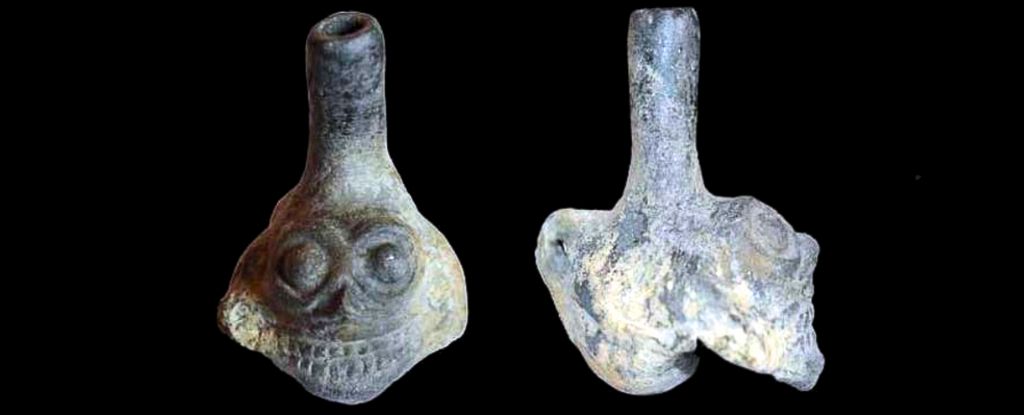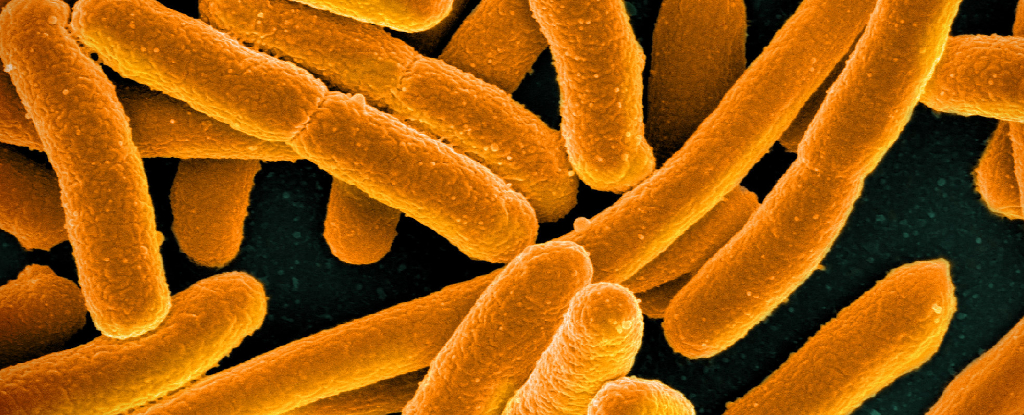Challenging artificial intelligence (AI) algorithms have predicted that the world will be 1.5°C warmer than before Industrial Revolution until early 2030s – another climate change Alarm bell to increase the cacophony will sound.
And that is burned in, says the AI: regardless of whether greenhouse gases rise or fall in the next decade, the increase of 1.5 °C is now unavoidable. Keep in mind that limiting temperature rise to 1.5°C was the ambitious target for 2015 Paris Agreement.
The drastic measures originally proposed to cut emissions and keep warming below 1.5°C will now most likely be needed to avoid a 2°C rise, according to the new study’s authors. The 2°C will be set when global warming takes effect significantly worse for life on the planet.
But we are already seeing a litany of climate impacts in the form of heatwaves, bushfires, flooding and storms with just 1.1°C of global warming. It is therefore important to limit the rise in temperature as much as possible, because every fraction of a degree counts.
There’s more: The AI model shows that even if greenhouse gas emissions rapidly fall to net-zero by 2076, there is a 1 in 2 chance of reaching 2°C warming by 2054 and a 2 in 3 Chance of reaching them between 2044 and 2065.
“With a completely new approach that relies on the current state of the climate system to make predictions about the future, we confirm that the world is on the verge of crossing the 1.5°C threshold,” says climate scientist Noah Diffenbaugh from Stanford University in California.
“Our AI model is fairly confident that if it takes another half century to reach net-zero emissions, there has already been enough warming that 2°C is likely to be exceeded.”
To achieve these estimates, rather than using predictive climate models and global carbon budgets To calculate future warming, the researchers fed an AI known as a neural network with a database of temperature changes that had already occurred.
These neural networks use a large number of weighted nodes to detect patterns in existing data, patterns that can then be extrapolated into the future. Specifically, the AI examined recent temperature rises in specific locations compared to reference data from 1951 to 1980.
To first test the accuracy of the future estimates, the AI was asked to predict the current rise of 1.1°C from pre-industrial levels. Sure enough, it returned those correct year 2022with a most likely range from 2017 to 2027.
“That was really the acid test to see if the AI could predict the timing [of warming] that we know happened” says Diffenbaugh. “We were quite skeptical that this method would work until we saw this result.
“The fact that the AI has such high accuracy increases my confidence in their predictions of future warming.”
The AI’s prediction that the world will be one and a half degrees warmer by the early 2030s is consistent with the conclusions of the Intergovernmental Panel on Climate Change (IPCC) Sixth Assessment Reportstating that “the central estimate for crossing the 1.5°C threshold is in the early 2030s”, adding further confidence in the accuracy of the AI.
There is still some uncertainty as to when we might reach that 2°C rise, which is understandable when trying to simulate an entire planet many years into the future. What we do know is that elevated temperatures trigger additional “tipping points” and create a feedback loop even warmer.
Therefore, the 2 °C level is considered of scientists so important. Its effect will be felt crop failuressea level rises, the collapse of ecosystems on land and in the seas, economic downturns and serious impact on human health.
Zero emissions targets for carbon dioxide, methane and other heat-trapping gases would need to be met by mid-century, the team said suggests, to avoid heating of more than 2 °C. Most countries currently aim to reach zero emissions between 2050 and 2070.
“These net-zero pledges are often framed around achieving the Paris Agreement’s 1.5 degree target,” says Diffenbaugh.
“Our results suggest that these ambitious commitments may be needed to avoid 2°C [warming].”
The research was published in PNAS.





